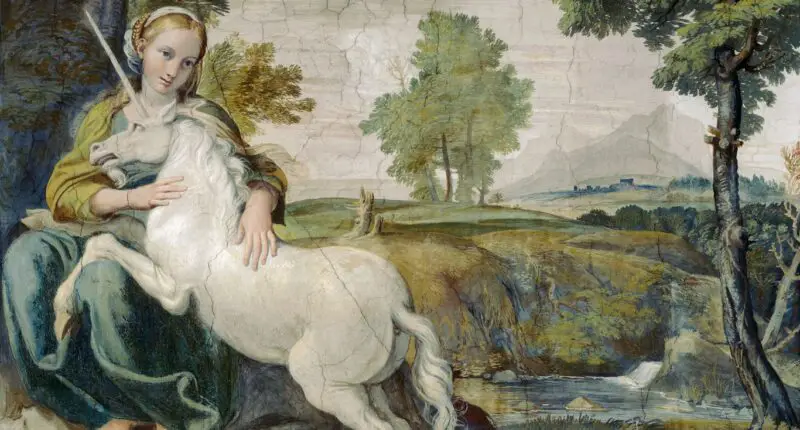Most Famous Unicorns from Different Mythology: Throughout history, unicorns have captured the imaginations of people from all corners of the world. These mythical creatures have appeared in various mythologies and cultures, each with their own unique interpretation and symbolism. From the Greek Monoceros to the Scottish Unicorn, and the Chinese Qilin to the Arabian Karkadann, unicorns have taken many forms across different cultures and mythologies. In this article, we will explore some of the most famous unicorns from different mythologies and learn about their characteristics and significance in the cultures where they originated. Join us on a journey through time and across the world to discover the fascinating and diverse world of unicorns in mythology.
Most Famous Unicorns from Different Mythology
Monoceros – Greek Mythology

Monoceros was a unicorn-like creature in Greek mythology. It was depicted as having the body of a horse, a single horn on its forehead, and the tail of a lion. The name “Monoceros” itself means “single horn” in Greek. According to legend, Monoceros was a fierce and untamed creature that was difficult to capture or control. It was often associated with the god Dionysus, who was said to have ridden the creature. The Monoceros was also believed to have magical powers and was thought to be able to purify water with its horn. In art, Monoceros was often depicted as a symbol of strength, courage, and wildness.
Qilin – Chinese Mythology
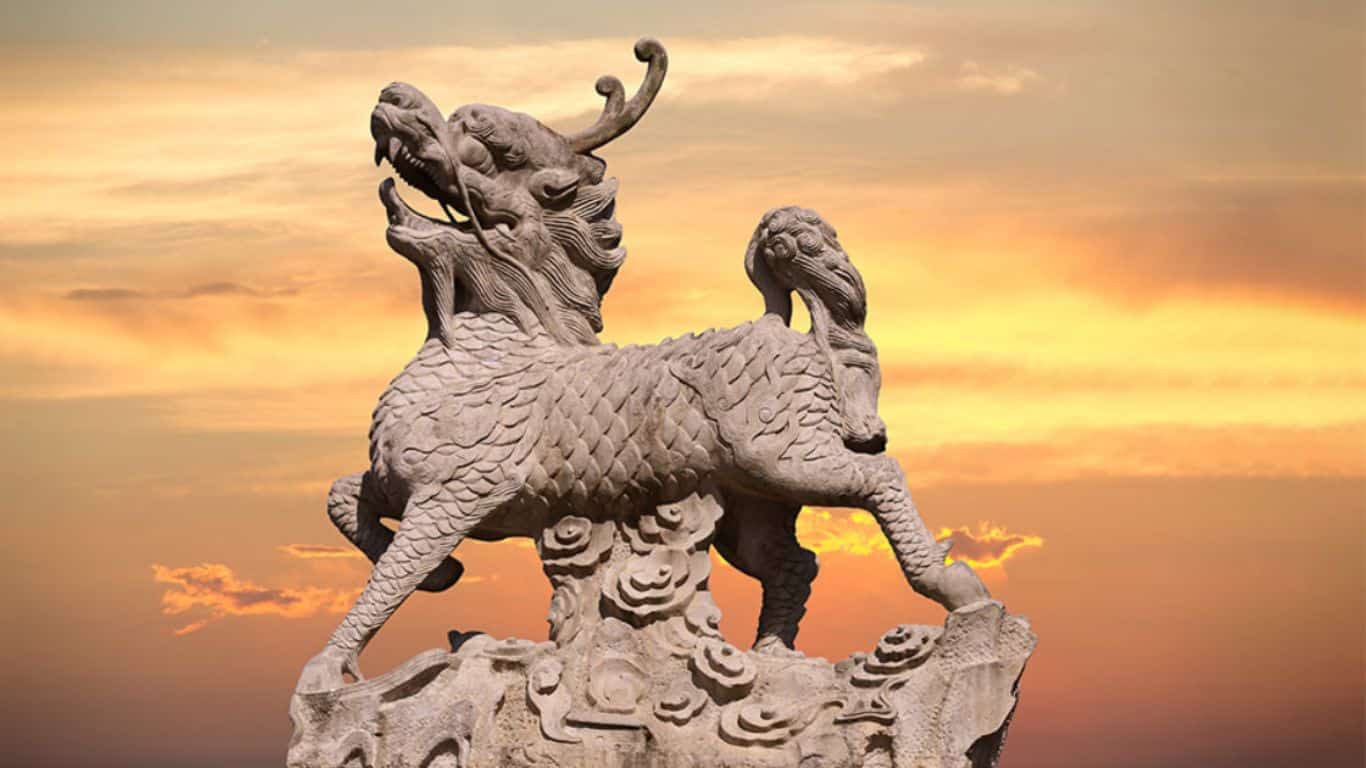
The Qilin is a mythical creature from Chinese mythology, often referred to as a “Chinese unicorn.” It is said to have the body of a deer, the tail of an ox, and the scales of a dragon. It is also depicted with a single horn on its forehead, like the Western unicorn. The Qilin is considered to be a symbol of good luck, prosperity, and longevity, and is often associated with the arrival of great leaders or wise sages. It is believed that those who see the Qilin will have good fortune and luck in their lives. The Qilin is a popular subject in Chinese art and literature, and continues to be a beloved figure in Chinese culture.
Shadhavar – Persian Mythology
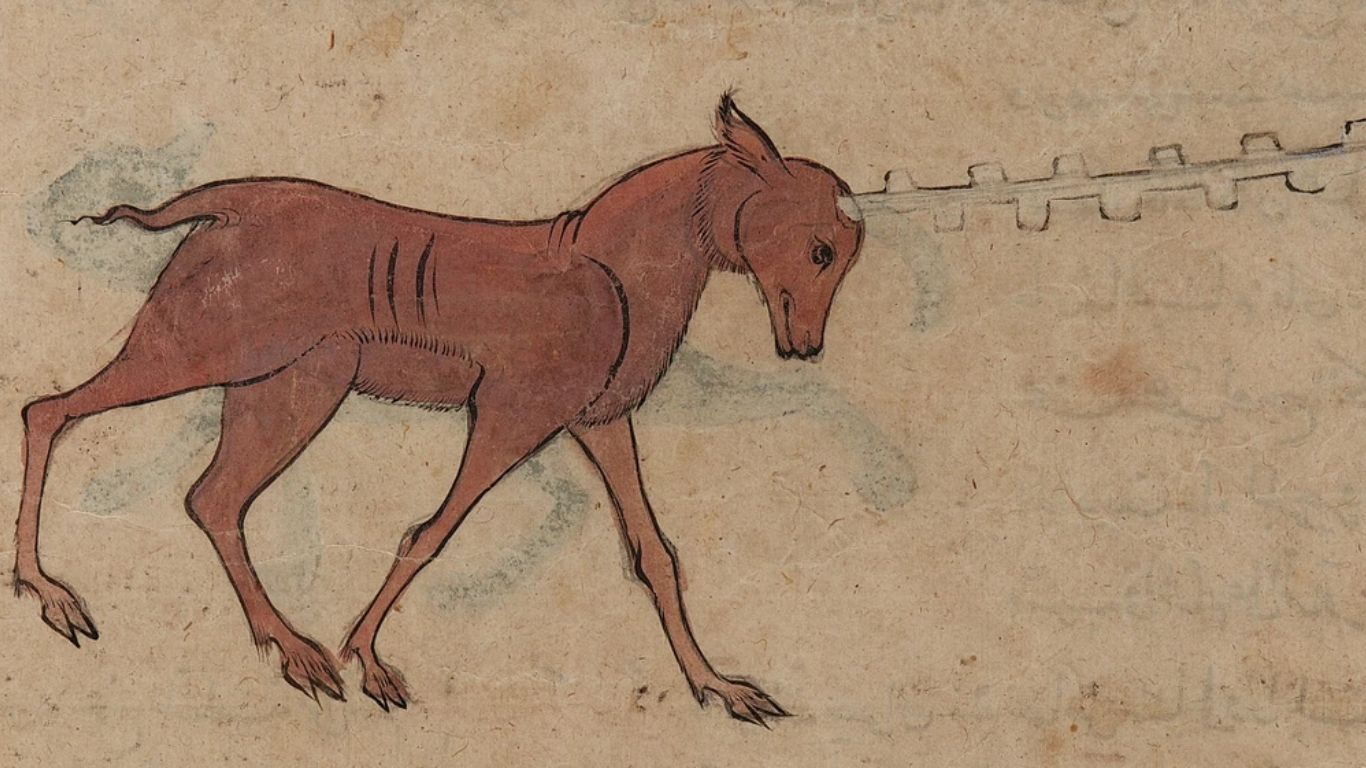
In Persian mythology, the Shadhavar is a mythical creature that is often depicted as a bull with a single horn on its forehead. It is known for its ability to purify water by dipping its horn into any source of water, making it safe for humans to drink. The Shadhavar is also believed to be very elusive and difficult to catch, as it can run at great speeds and disappear without a trace. It is often associated with purity, wisdom, and strength, and its image can be found in various artworks and artifacts throughout Persian history.
Einhorn – Norse Mythology

Einhorn is a mythical creature from Norse mythology that is depicted as a goat with a single horn on its forehead. Unlike traditional unicorns, Einhorn is not a horse-like creature. It is often associated with magic and is said to be able to see into the future. Einhorn is believed to have healing powers and was often sought after by Norse healers. In Norse mythology, Einhorn is also linked to the god Odin, who was said to have ridden on its back. While not as well-known as some other mythological unicorns, Einhorn remains an important figure in Norse folklore and represents the powerful, mystical qualities of these mythical creatures.
Unicorn of Scotland – Celtic Mythology
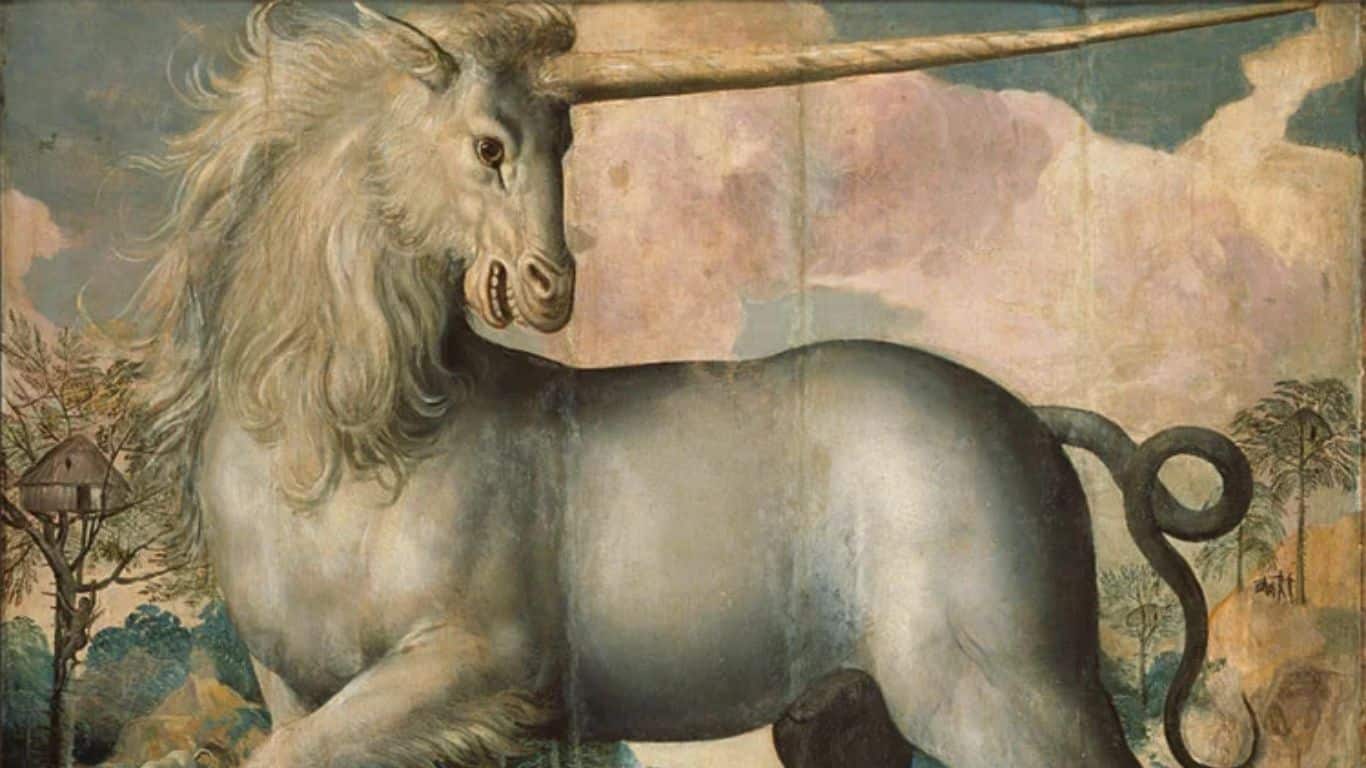
The Unicorn of Scotland is a symbol of strength, purity, and grace in Celtic mythology. It is depicted as a horse-like creature with a single spiraled horn on its forehead and a flowing mane and tail of a lion. According to legend, the unicorn can only be captured by a virgin maiden, making it a symbol of innocence and virtue. The Unicorn of Scotland has been an important symbol in Scottish heraldry for centuries and is now the national animal of Scotland. It continues to inspire people with its grace and beauty, and its presence can be seen in various forms of art and literature.
Re’em – Jewish Mythology
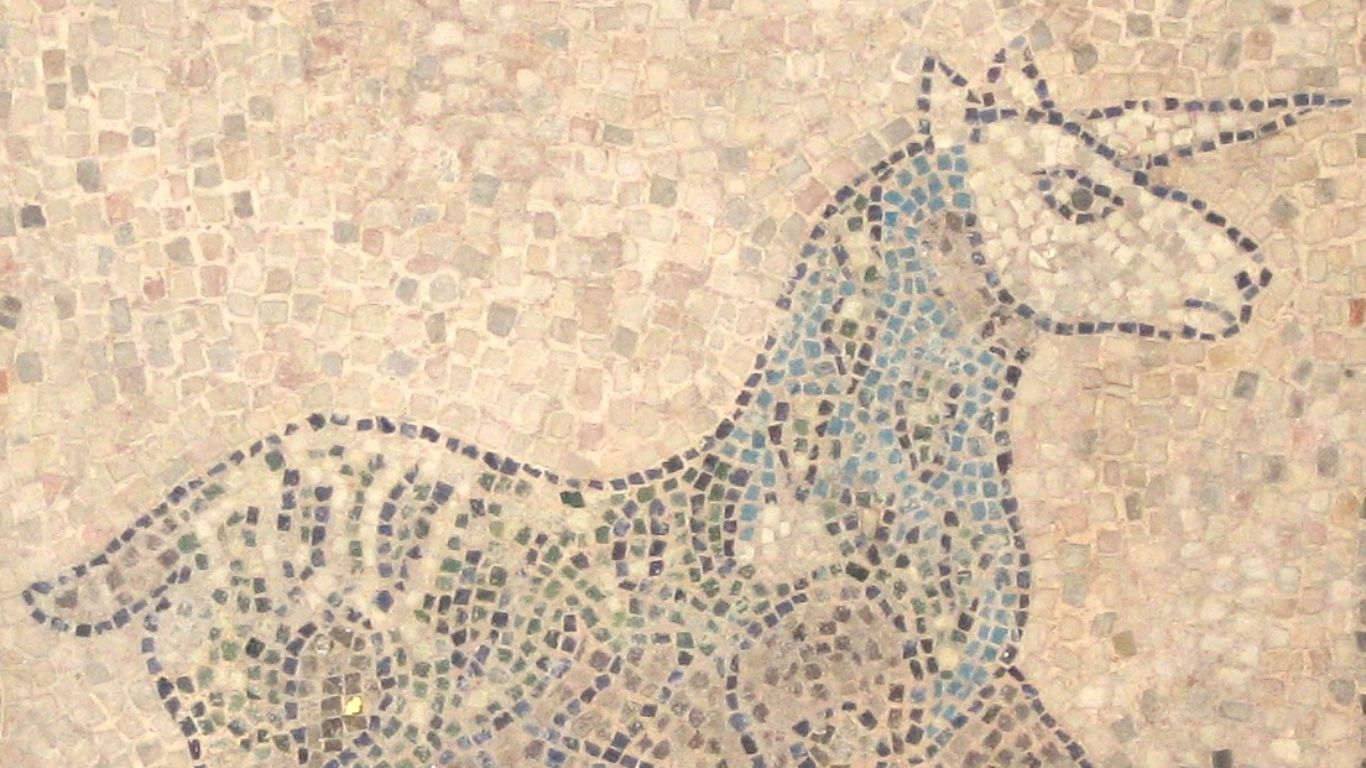
In Jewish mythology, the Re’em is a powerful and majestic creature with a single horn on its forehead, similar to the European unicorn. Described as a large and strong animal, it was often associated with the strength and power of God, and was believed to be impossible to capture or tame. The Re’em is mentioned several times in the Hebrew Bible, where it is often used as a symbol of power, fertility, and grace. While there is some debate over what animal the Re’em may have been based on, it remains an important and fascinating figure in Jewish mythology to this day.
Karkadann – Arabian Mythology
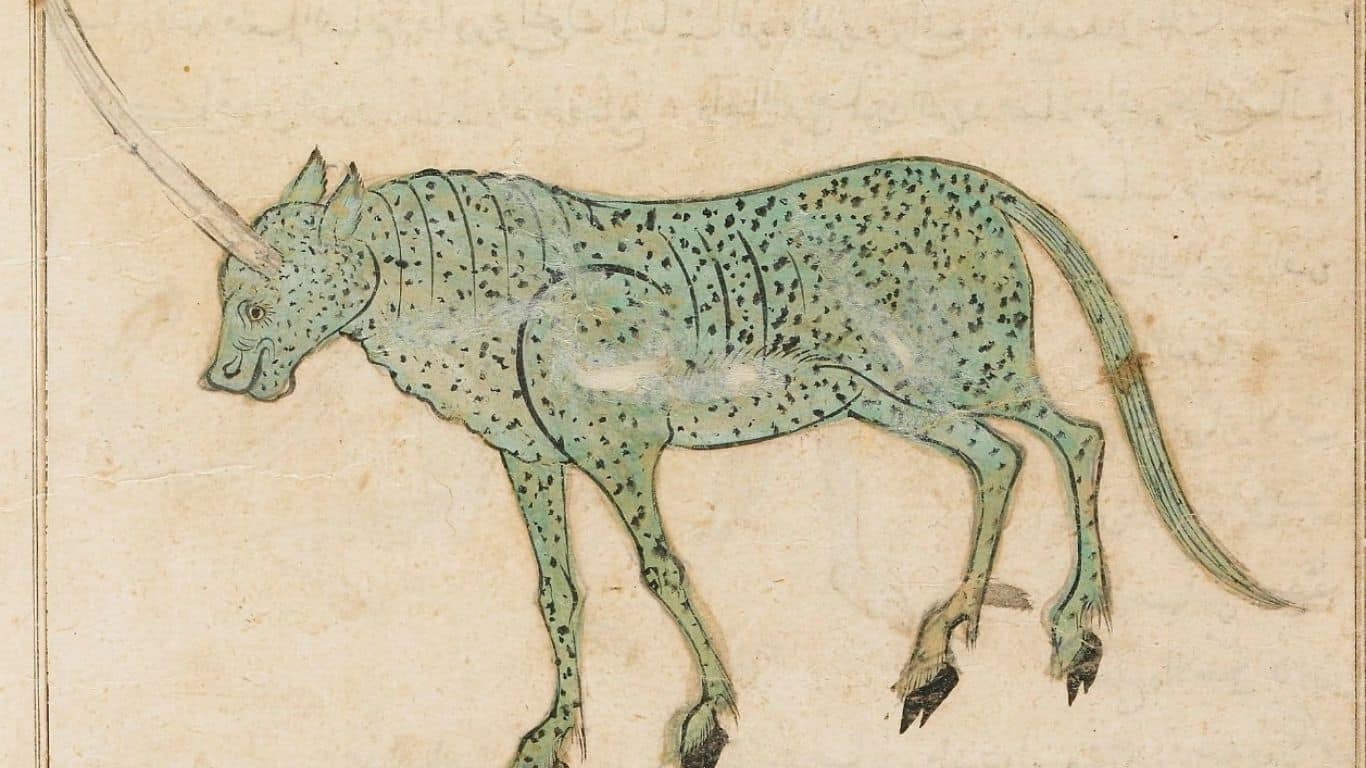
In Arabian mythology, the Karkadann is a legendary creature that is often described as a large, powerful animal with a single horn on its forehead. The Karkadann is said to be similar in appearance to a rhinoceros, with a tough, scaly hide that is nearly impenetrable. According to legends, the Karkadann was known for its ferocity and was feared by many who encountered it. However, it was also believed to have healing properties, with its horn being highly valued as a powerful curative. Despite its fearsome reputation, the Karkadann remains a fascinating and enigmatic creature in Arabian mythology.
Also Read: Uncovering 10 Visionary Books of Genius Scientists
